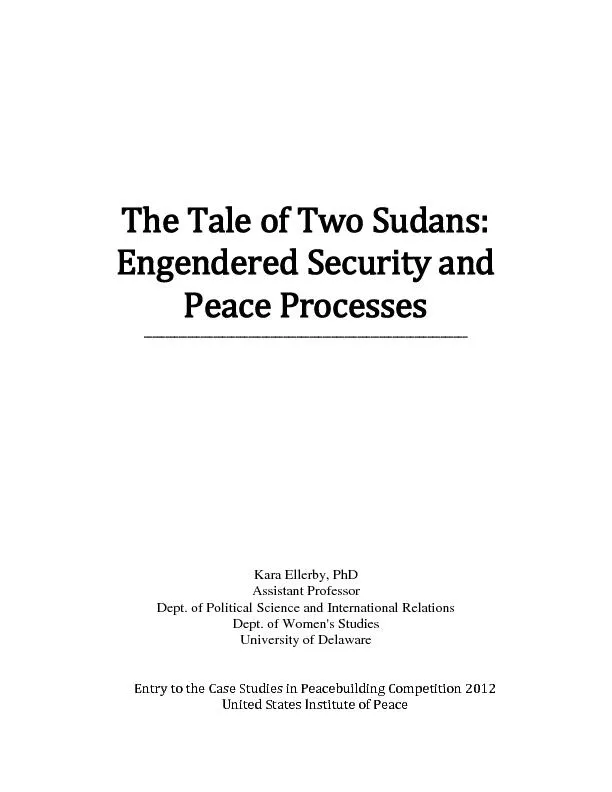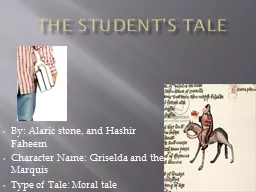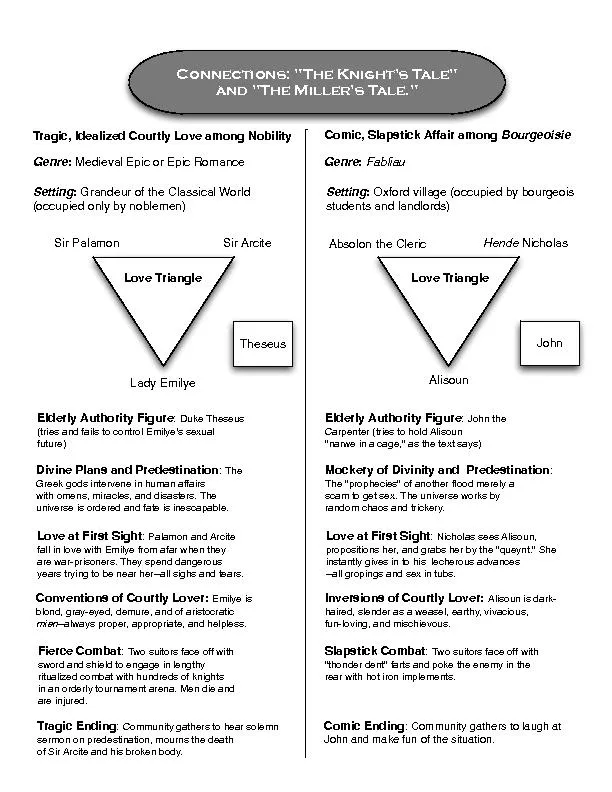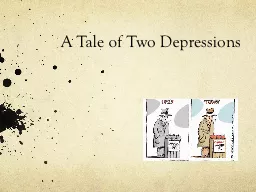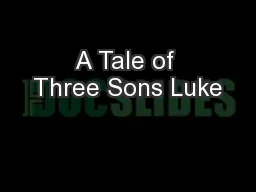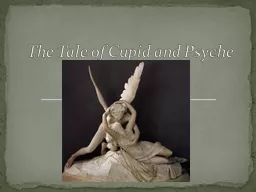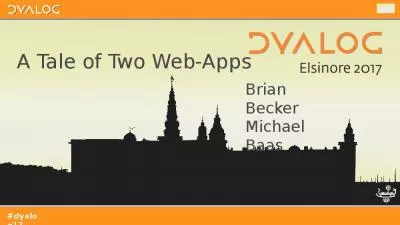PDF-The Tale of Two Sudans:
Author : marina-yarberry | Published Date : 2016-12-04
Engendered Security and Peace Processes Kara Ellerby PhD Assistant Professor Dept of Political Science and International R
Presentation Embed Code
Download Presentation
Download Presentation The PPT/PDF document "The Tale of Two Sudans:" is the property of its rightful owner. Permission is granted to download and print the materials on this website for personal, non-commercial use only, and to display it on your personal computer provided you do not modify the materials and that you retain all copyright notices contained in the materials. By downloading content from our website, you accept the terms of this agreement.
The Tale of Two Sudans:: Transcript
Download Rules Of Document
"The Tale of Two Sudans:"The content belongs to its owner. You may download and print it for personal use, without modification, and keep all copyright notices. By downloading, you agree to these terms.
Related Documents

